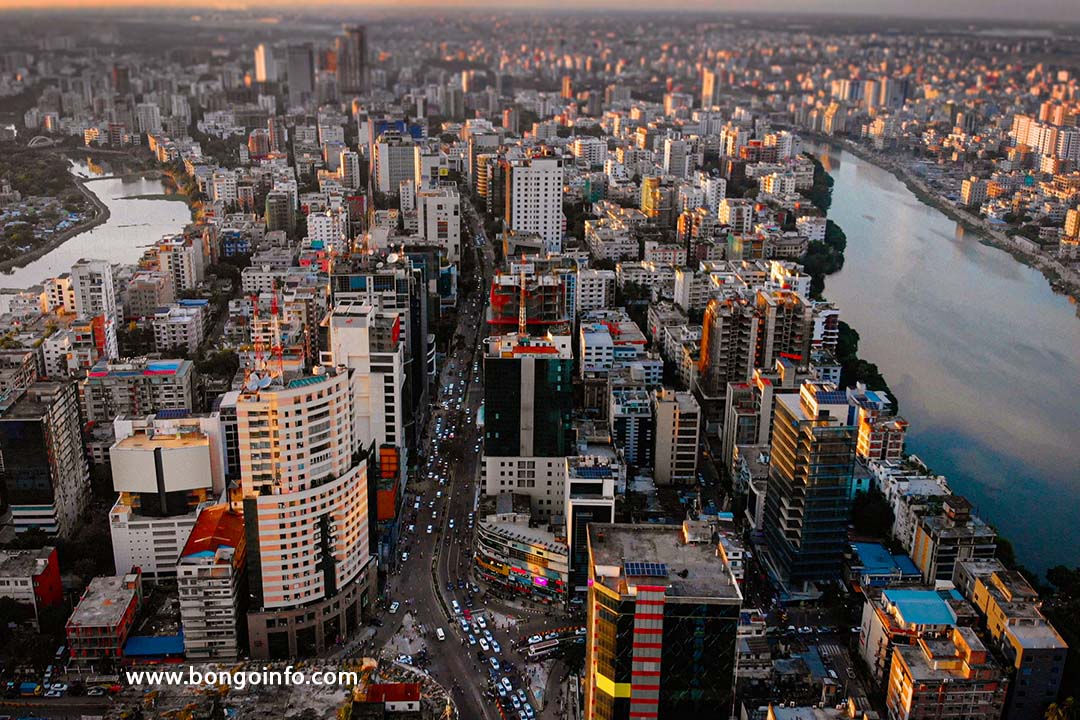Historical Places in Bangladesh
Bangladesh is a country with rich history and culture, and is home to many important historical sites and monuments. Some of the most notable places include: the Lalbagh Fort, the Ahsan Manzil, the Sixty Dome Mosque, the Mahasthangarh, the Sonargaon, the Mainamati and the Paharpur. These sites showcase the country’s rich heritage, including Mughal architecture, Buddhist ruins, and Hindu temples. They provide a window into the country’s past and are a testament to the resilience of its people and their cultural traditions.
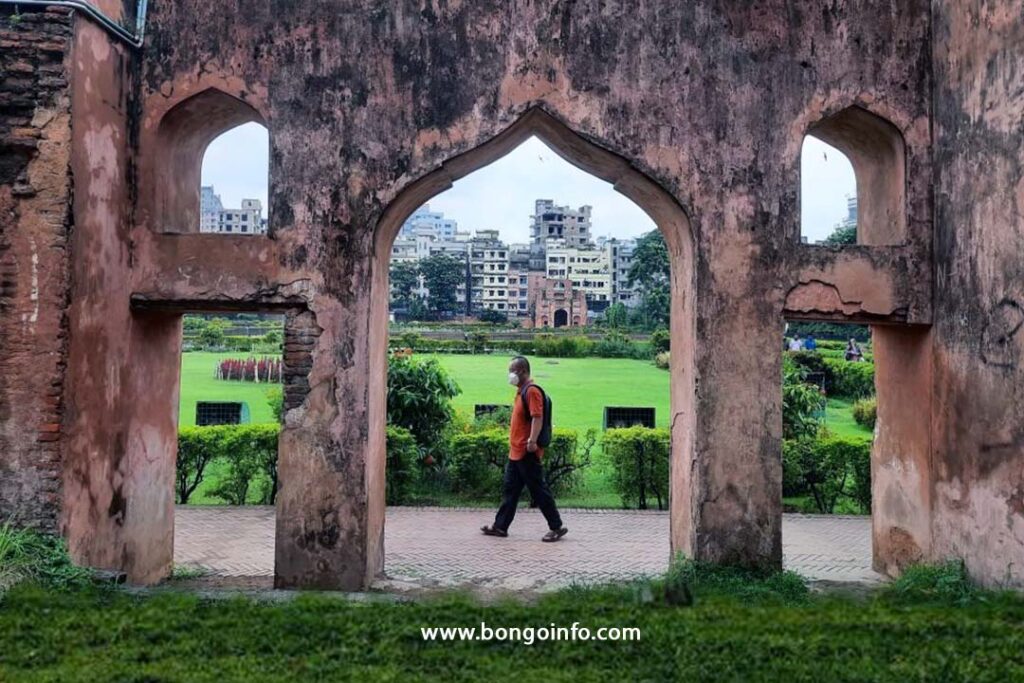
Lalbagh Fort
Lalbagh Fort, also known as Fort Aurangabad, is a 17th-century fort located in Dhaka, Bangladesh. It was commissioned by Mughal Emperor Aurangzeb and was later modified by his governor Shaista Khan. The fort, which was never completed, was designed as a palace for the governor and was meant to be a symbol of Mughal power in the region.
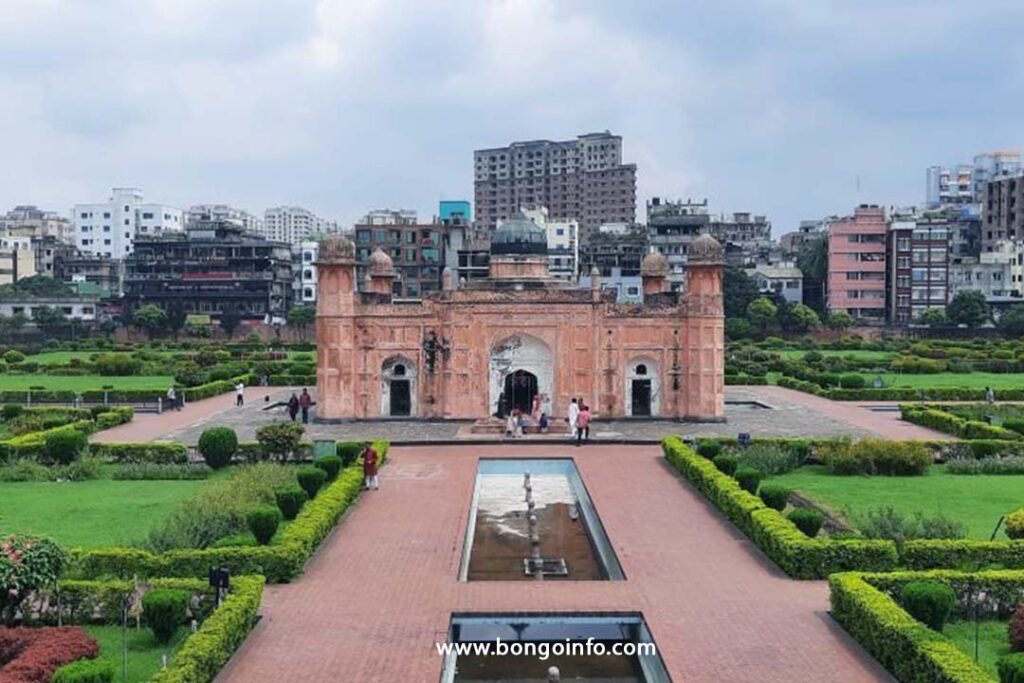
The fort features a mosque, a bathhouse, and two large halls and is known for its unique mix of Mughal and Hindu architecture. The mosque is an example of Mughal style, while the halls incorporate elements of Hindu design, reflecting the cultural and religious diversity of the region at the time.
Lalbagh Fort has been designated as a UNESCO World Heritage site and is one of the most popular tourist attractions in Bangladesh. It provides an important glimpse into the country’s rich cultural and architectural history and serves as a testament to the achievements of the Mughal Empire.
Ahsan Manzil
Ahsan Manzil was the residence of the Nawab Khwaja Abdul Ghani of Dhaka, and is located in the old part of the city. It was built in the 19th century and is considered to be one of the most important architectural landmarks in Bangladesh.
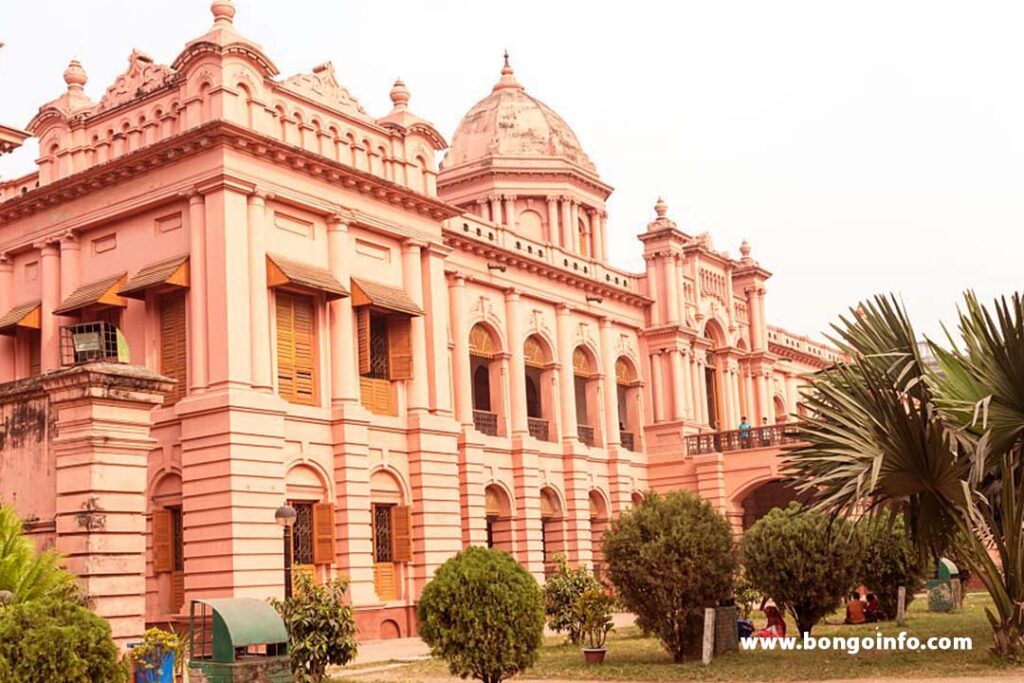
The palace is a unique blend of Indo-European architecture, with elements of Mughal, European, and Bengali styles. The palace features spacious rooms, grand staircases, and ornate verandas and balconies, and is considered one of the finest examples of colonial architecture in the region.
In 1984, Ahsan Manzil was converted into a museum and is now open to the public. The museum contains a rich collection of artifacts, including furniture, paintings, textiles, and photographs, that give visitors a glimpse into the life and culture of the country’s wealthy elites during the colonial period.
Ahsan Manzil is considered a national monument in Bangladesh and is an important symbol of the country’s cultural heritage. The palace provides a fascinating glimpse into the country’s past and is a must-visit for anyone interested in the history and culture of Bangladesh.
Sixty Dome Mosque
The Sixty Dome Mosque, also known as Shait Gumbad Mosque, is a 15th-century mosque located in Bagerhat, Bangladesh. It is considered one of the largest and most impressive Islamic monuments in the country, and is a UNESCO World Heritage site.
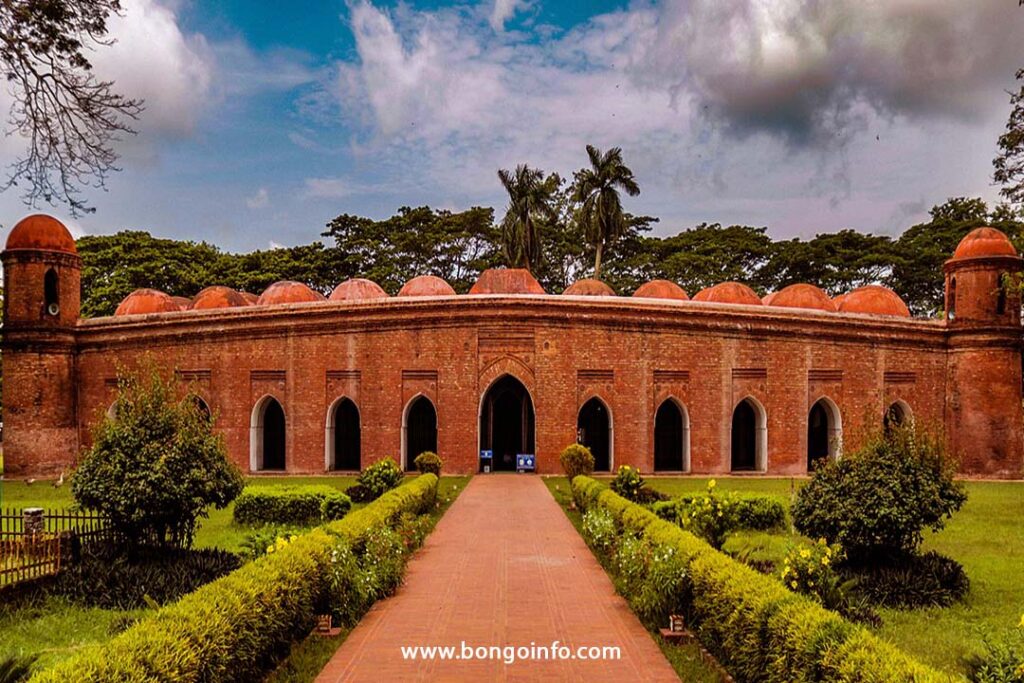
The mosque was built during the reign of Sultan Nasiruddin Nasrat Shah and is characterized by its sixty domes, which give it its name. The mosque is an example of the Bengal Sultanate style of architecture and is known for its intricate carvings and calligraphy.
The Sixty Dome Mosque is also notable for its large prayer hall, which is capable of accommodating up to 20,000 worshippers. It is considered a marvel of engineering and architecture, and is a testament to the religious and cultural heritage of Bangladesh.
Visitors to the Sixty Dome Mosque can explore the site, admire its intricate carvings and calligraphy, and learn about its history and significance in the country’s cultural heritage. The mosque is an important tourist attraction and a must-visit for anyone interested in the history and architecture of Bangladesh.
Mahasthangarh
Mahasthangarh is an ancient archaeological site located in Bogra, Bangladesh. It was once a major city of the Indian subcontinent and dates back to at least the 3rd century BCE. The site is considered one of the earliest urban settlements in the region and is known for its well-preserved fortifications, Hindu temples, and Buddhist stupas.

The name “Mahasthangarh” means “Great Fort of Bengal” and the site is considered one of the most important historical and cultural landmarks in Bangladesh. The fortifications, which are among the best preserved in the region, provide a glimpse into the military and defensive strategies of ancient Bengal.
Mahasthangarh is also known for its rich cultural heritage, including the remains of several Hindu temples, which are among the oldest in the country. The site is also home to several Buddhist stupas, which bear testimony to the religious diversity of the ancient city.
The Mahasthangarh archaeological site is open to visitors and is a popular tourist destination. It provides an important window into the country’s rich cultural and historical heritage and is a must-visit for anyone interested in the archaeology and history of Bangladesh.
Sonargaon
Sonargaon was the capital of Bengal during the Muslim rule in the 14th and 15th centuries. It is located in present-day Narayanganj, Bangladesh and is considered one of the most important historical and cultural sites in the country.
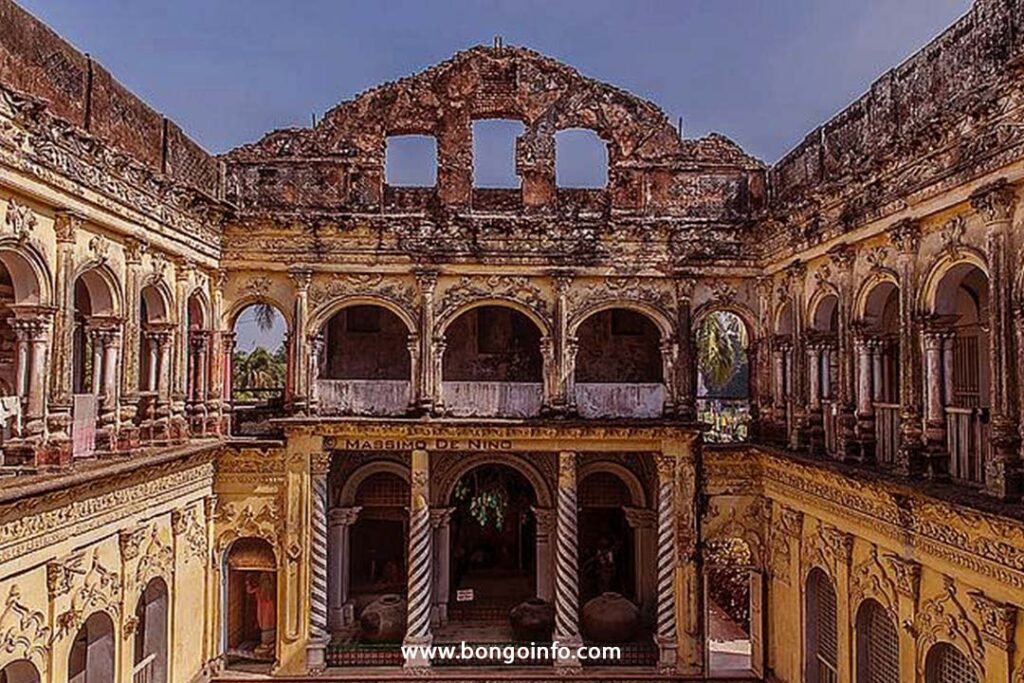
Sonargaon was an important center of trade and commerce, and was known for its prosperous markets and bustling port. The city was also a center of artistic and cultural activity, and was home to several famous poets, musicians, and artists.
Today, Sonargaon is an archaeological site that is open to visitors. Visitors can explore the remains of the city, including the remains of palaces, mosques, and other structures, which provide a glimpse into the city’s rich history and cultural heritage.
Some of the most notable attractions in Sonargaon include the Goaldi Mosque, which is considered one of the oldest in Bangladesh, and the Folk Art and Crafts Museum, which showcases the rich cultural traditions of the region.
Sonargaon is considered a national monument in Bangladesh and is an important symbol of the country’s cultural and historical heritage. The site is a must-visit for anyone interested in the history and culture of Bangladesh and provides a fascinating glimpse into the country’s past.
Mainamati
Mainamati is an archaeological site located in Comilla, Bangladesh. It was once the center of the ancient Kingdom of Samatata and is considered one of the most important archaeological sites in the country.
Mainamati is known for its rich cultural and religious heritage, including several Buddhist monasteries and stupas, which date back to the 8th to 12th centuries. The site is considered a unique example of early Buddhist architecture in the region and is an important symbol of the country’s religious and cultural heritage.
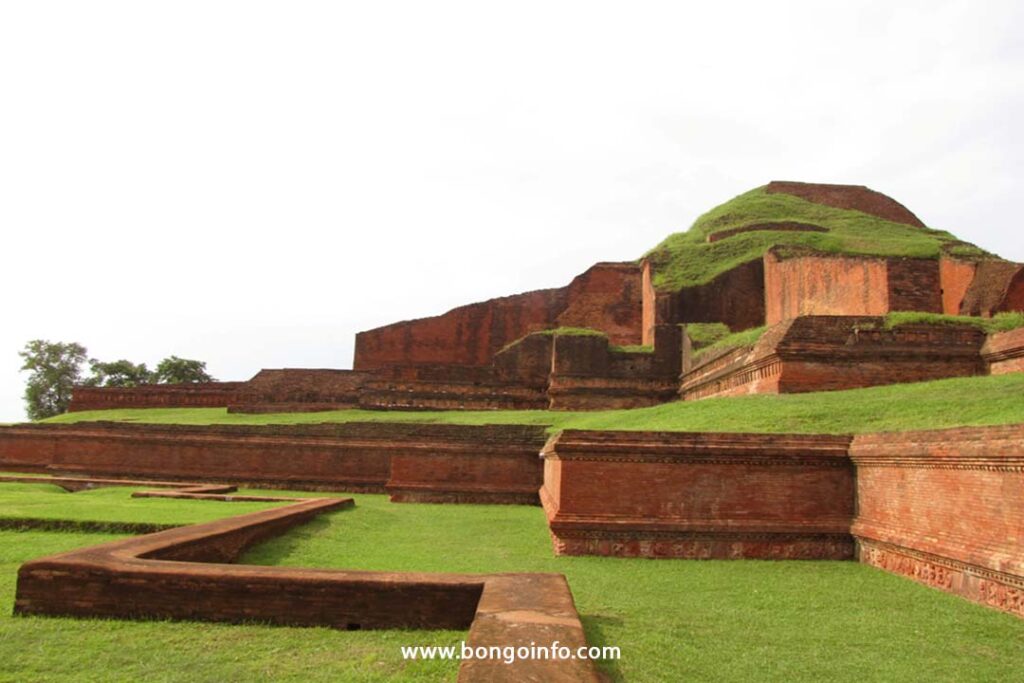
The Mainamati archaeological site is home to several important structures, including the Sharmapahar Stupa, the Kyo Dhibi Stupa, and the Charpatra Mura, which is a unique example of early Buddhist monastic architecture. Visitors to the site can explore the remains of these structures and learn about the rich cultural and religious history of the region.
In addition to its rich cultural and religious heritage, Mainamati is also known for its natural beauty, including the Mainamati-Lalmai hills, which provide a scenic backdrop to the site.
Mainamati is a popular tourist destination and is considered a must-visit for anyone interested in the history, culture, and archaeology of Bangladesh. The site provides a fascinating glimpse into the country’s past and is an important symbol of its cultural and religious heritage.
Paharpur
Paharpur is an archaeological site located in the northern region of Bangladesh. It was once the center of the ancient Kingdom of Samatata and is considered one of the most important archaeological sites in South Asia. The site dates back to the 7th century and is known for its well-preserved ruins of a Buddhist monastic complex.
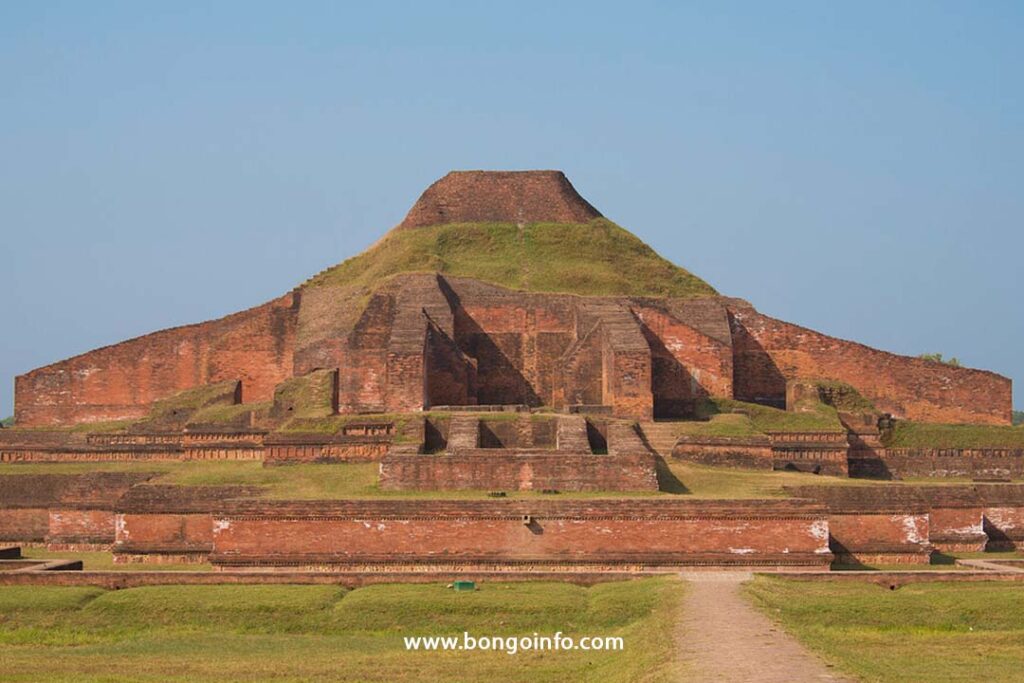
Paharpur is considered a unique example of early Buddhist architecture and is known for its elaborate brick structures, including several temples, monasteries, and stupas. The site is considered an important example of the Bengal School of Architecture and is an important symbol of the country’s cultural and religious heritage.
The Paharpur archaeological site is open to visitors and provides a fascinating glimpse into the history and culture of ancient Bengal. Visitors can explore the remains of the monastic complex, including its temples, monasteries, and stupas, and learn about the rich cultural and religious heritage of the region.
Paharpur is a popular tourist destination and is considered a must-visit for anyone interested in the history, culture, and archaeology of Bangladesh. The site provides an important window into the country’s rich cultural and religious heritage and is a testament to the ingenuity and creativity of the ancient people of Bengal.
Conclusion
Bangladesh is a country with a rich cultural and historical heritage, and is home to several important historical and archaeological sites. From the ancient city of Mahasthangarh to the well-preserved ruins of the Paharpur monastic complex, these sites offer a fascinating glimpse into the country’s past and provide an important window into its cultural and religious heritage.
Whether you are interested in the history and archaeology of the region, or simply want to learn more about the rich cultural traditions of Bangladesh, these sites are a must-visit. They provide an important reminder of the country’s rich cultural and historical heritage and are an important symbol of its unique place in the world.

